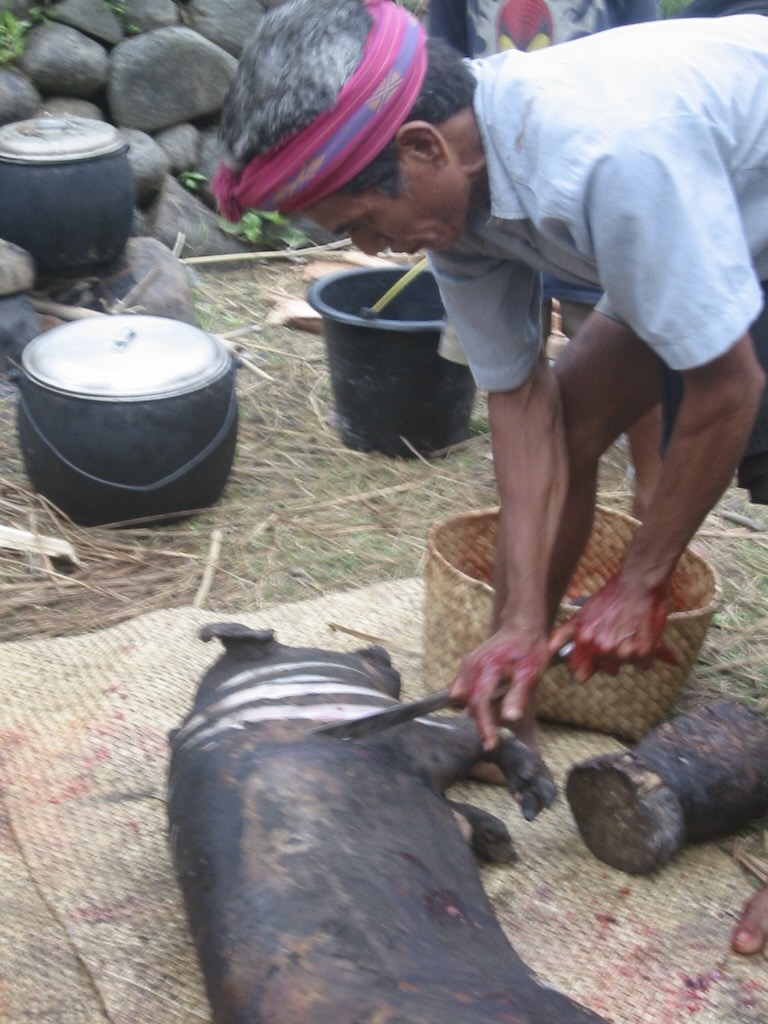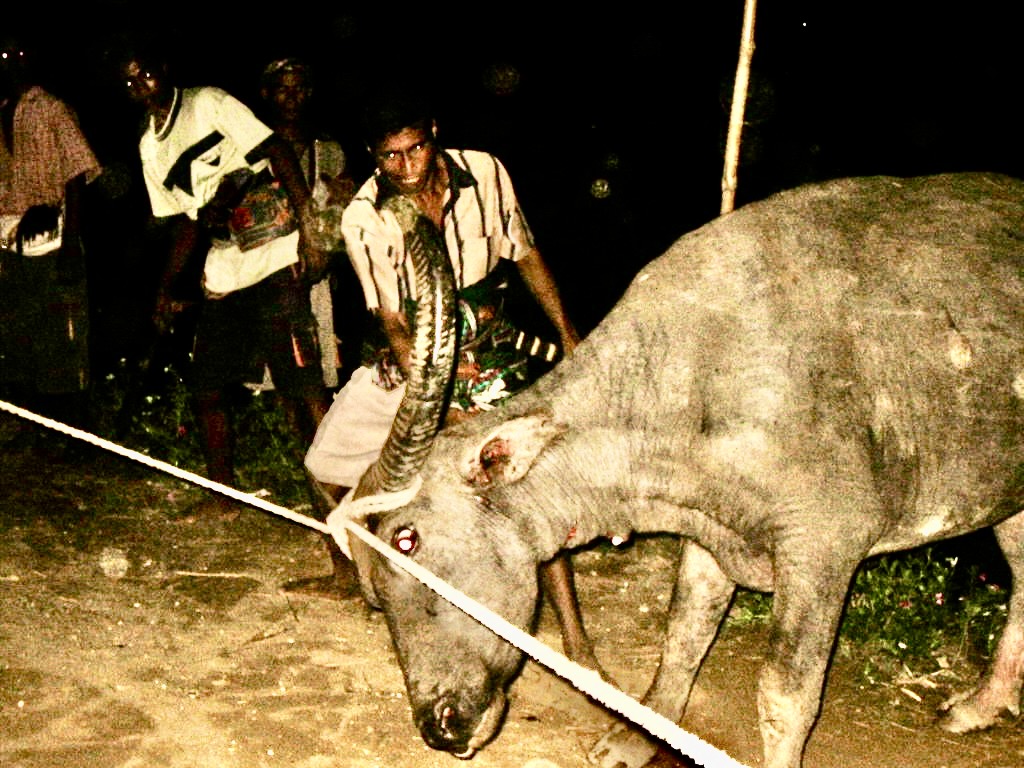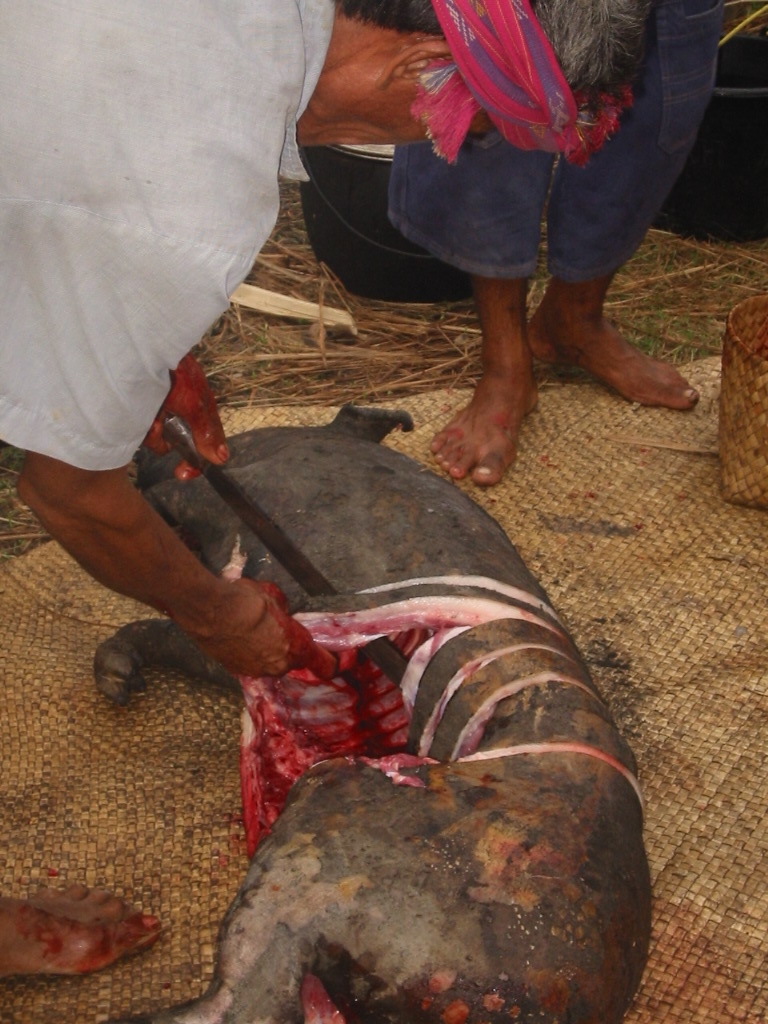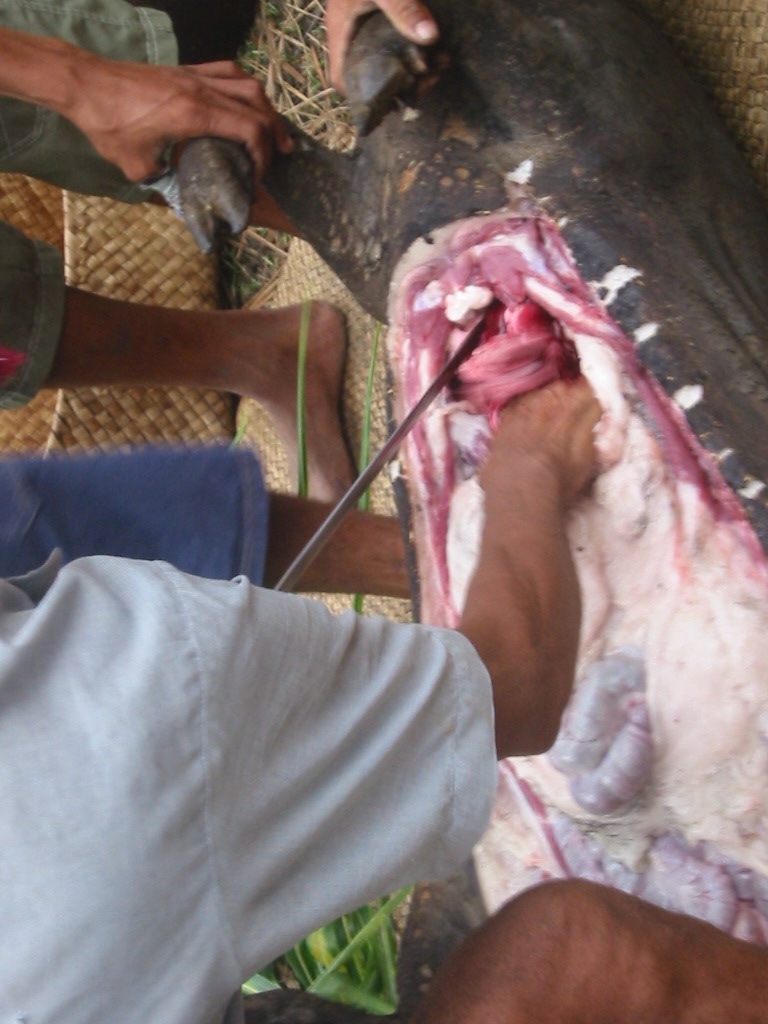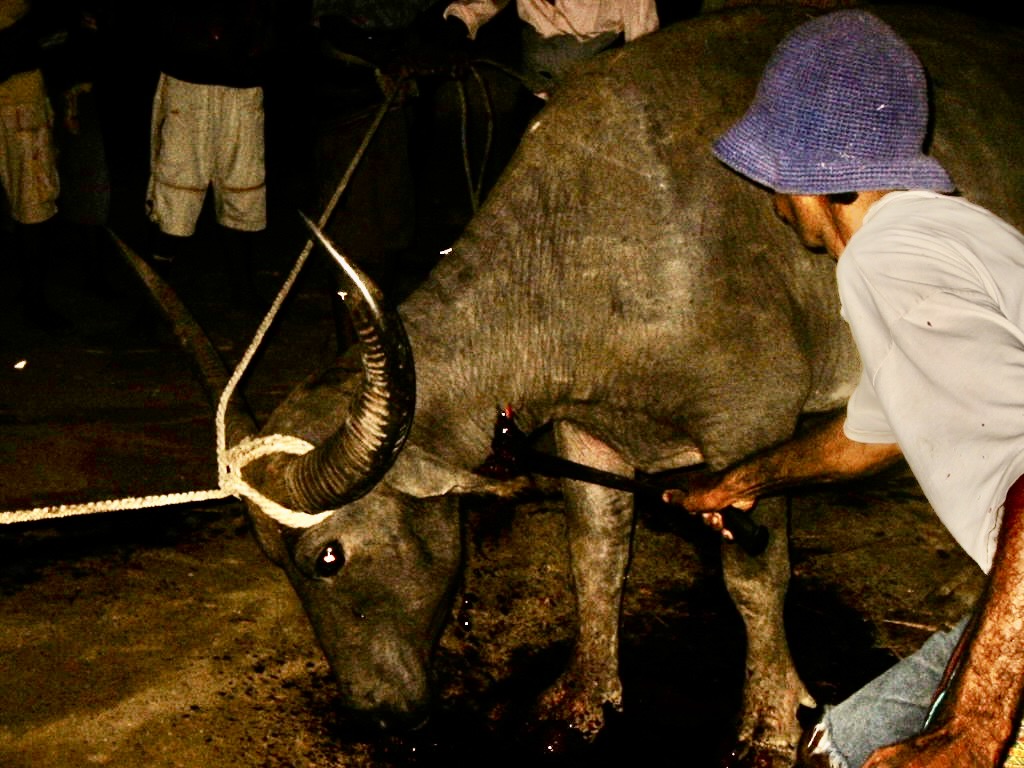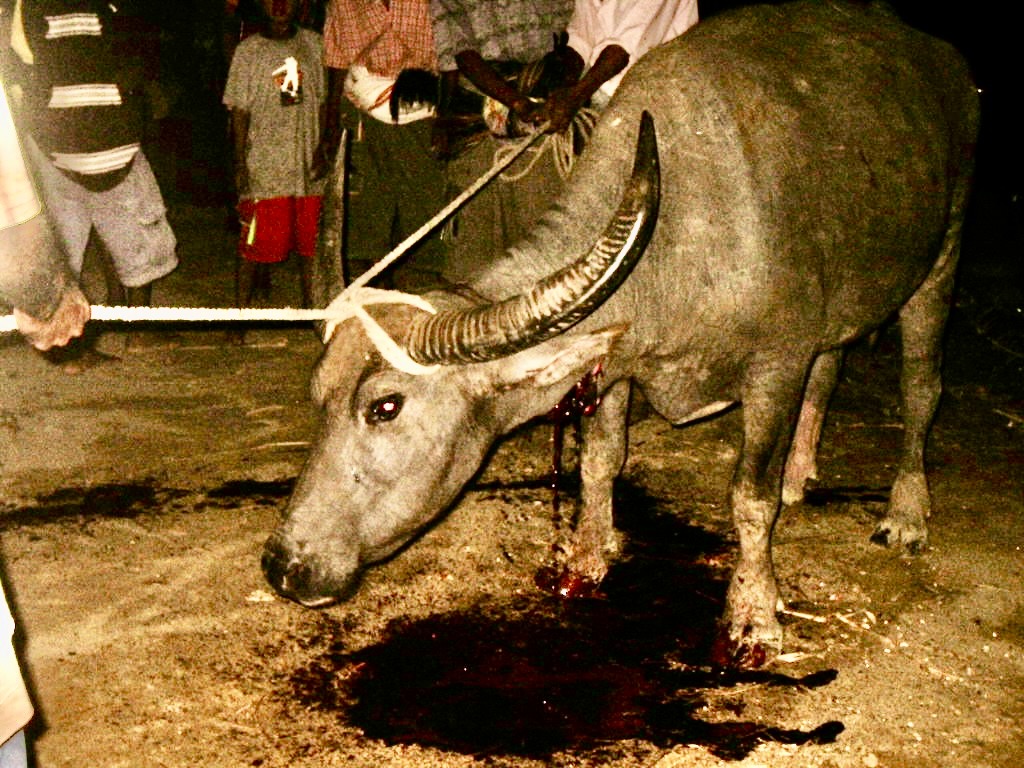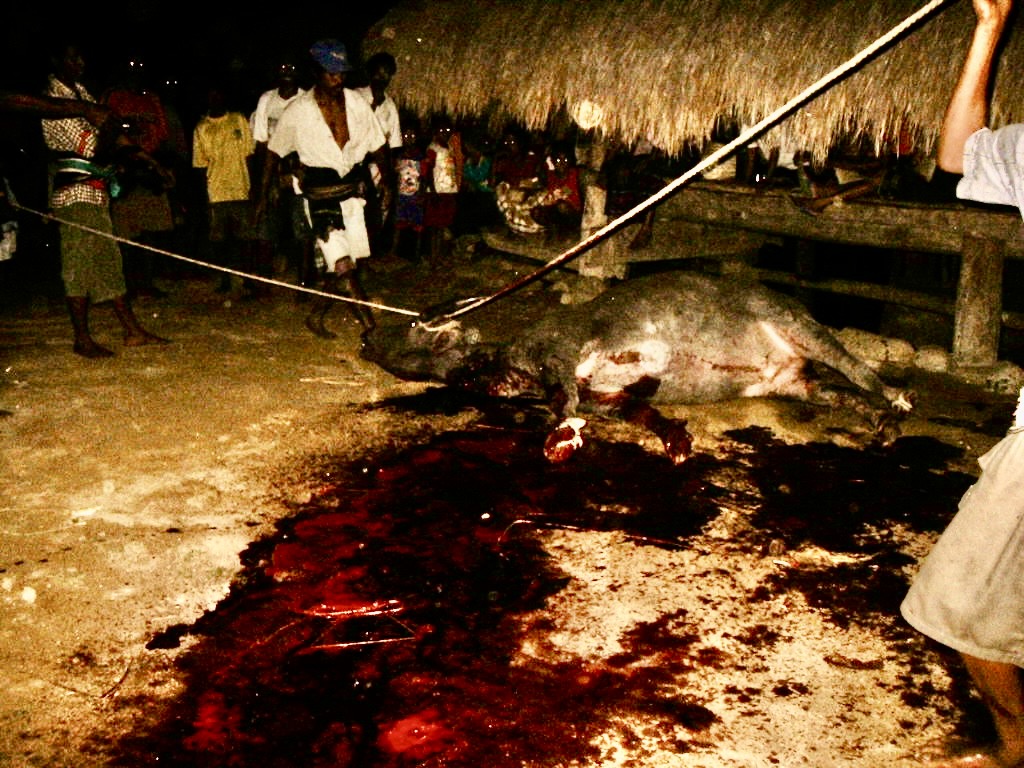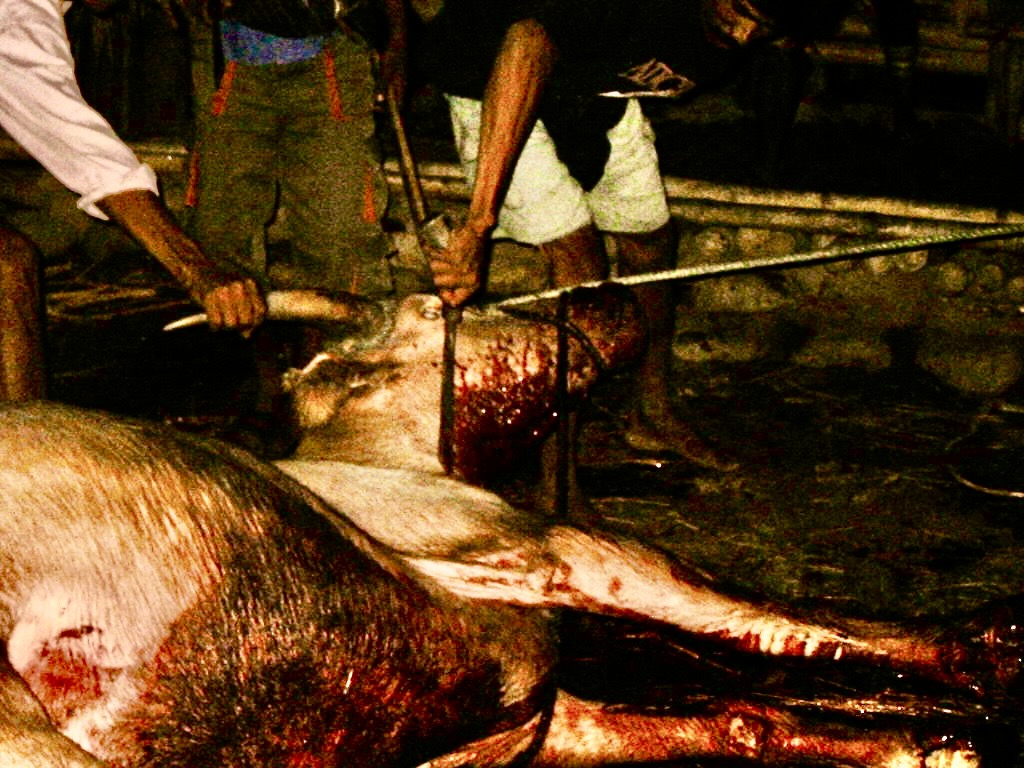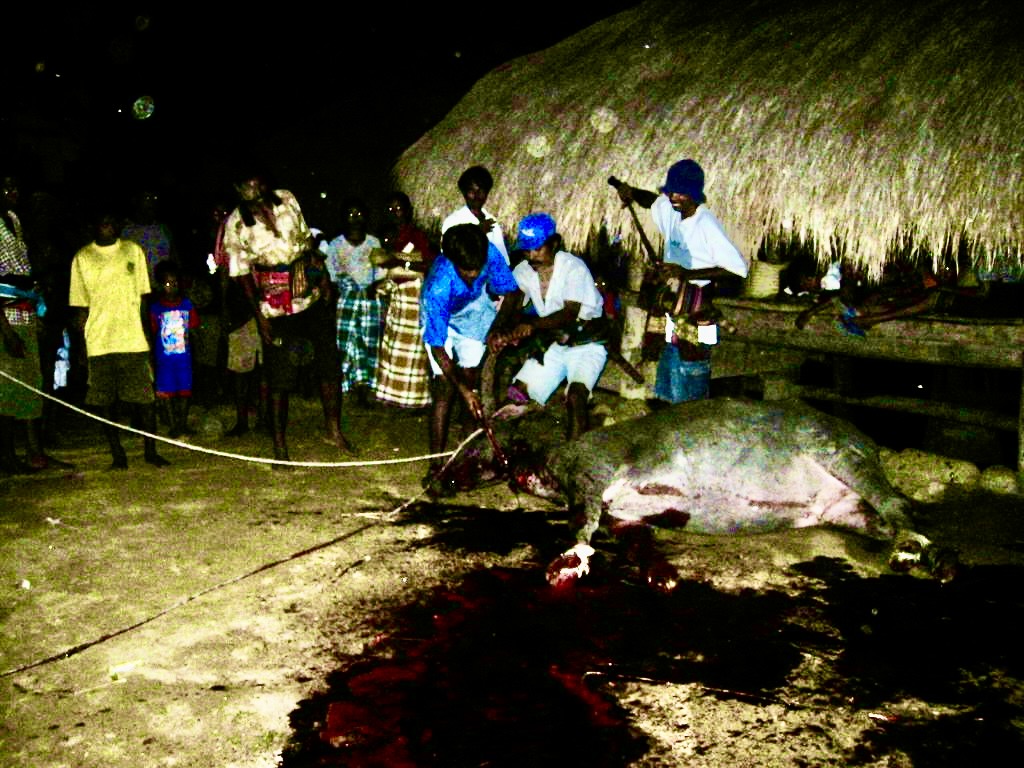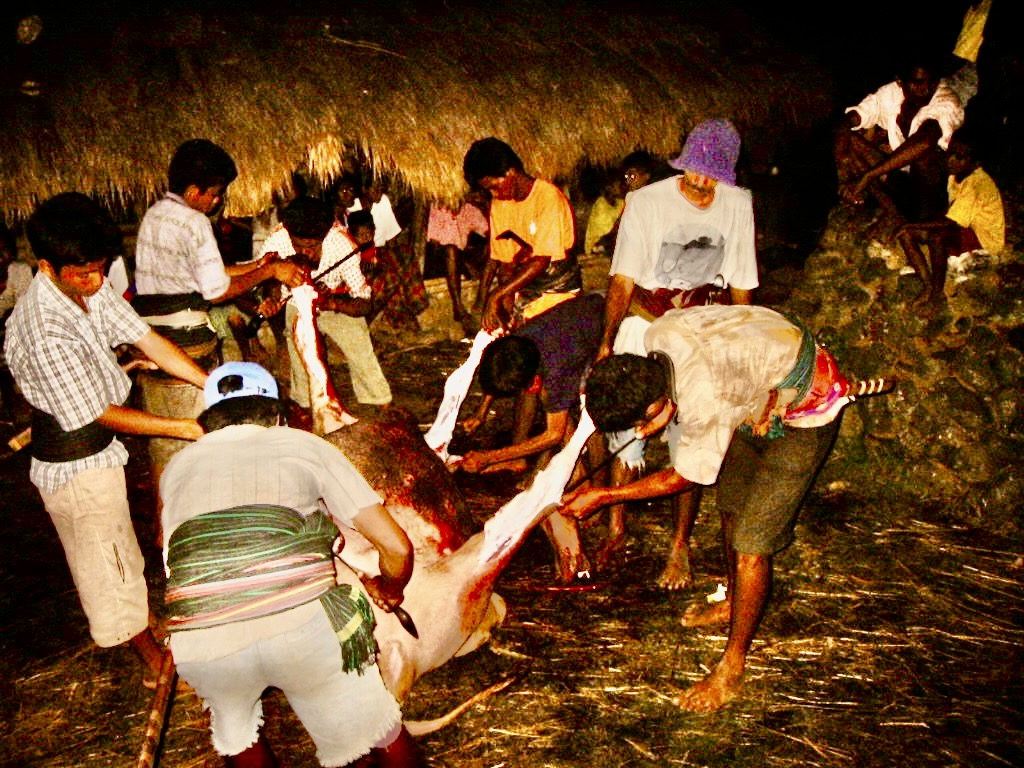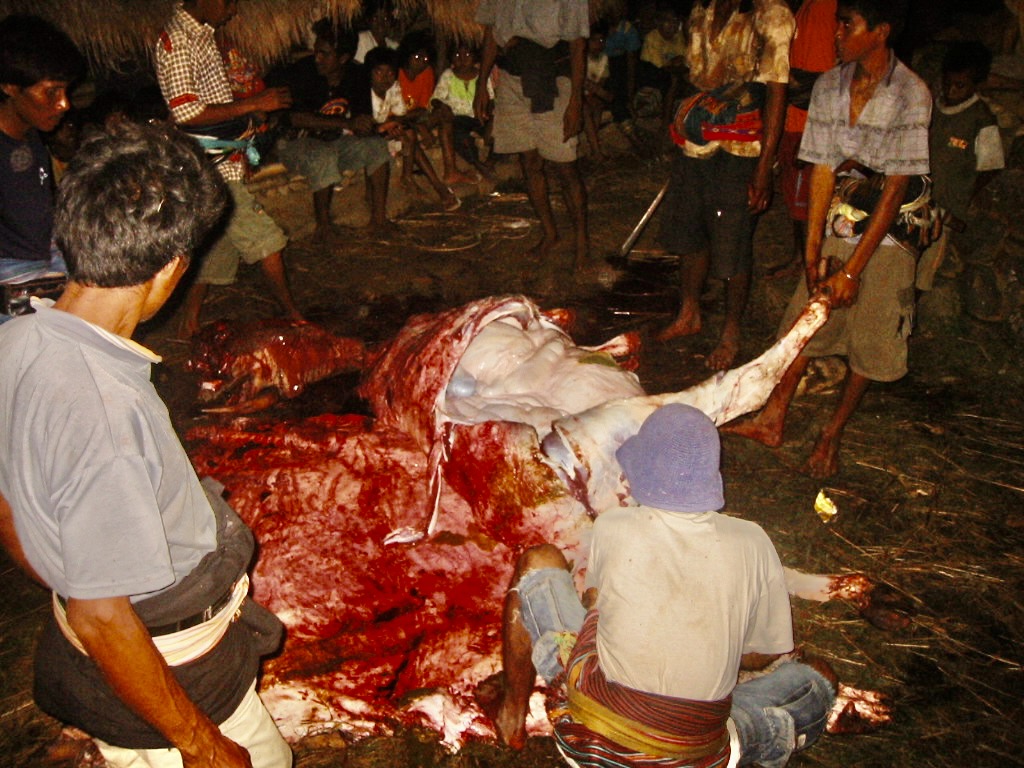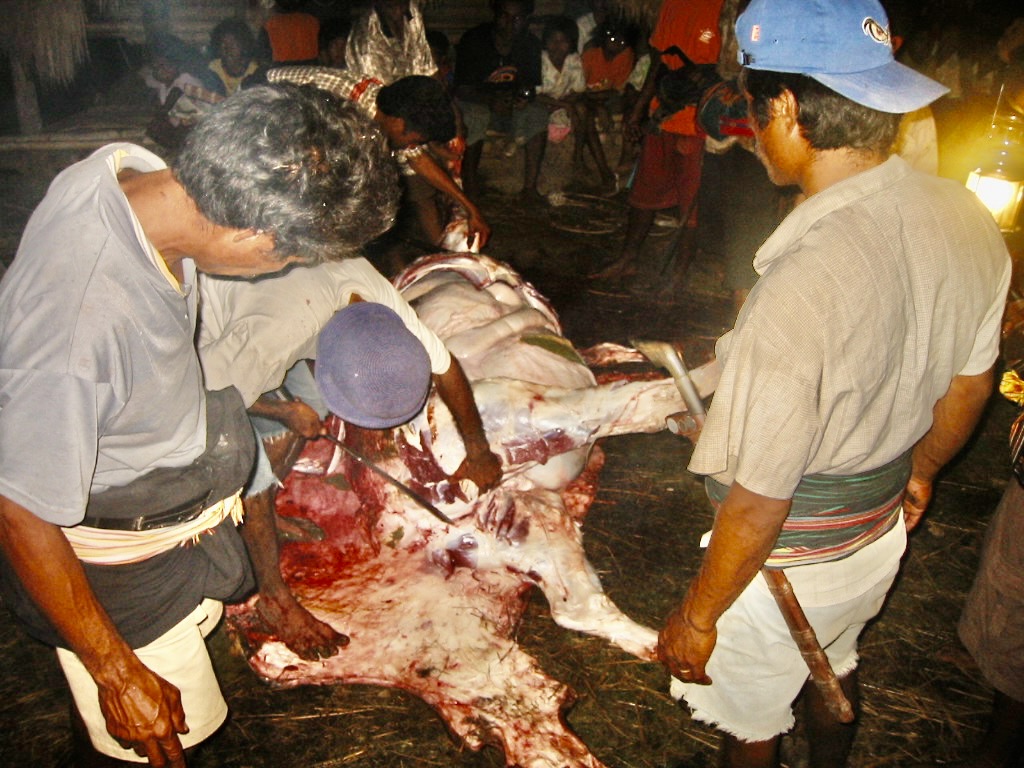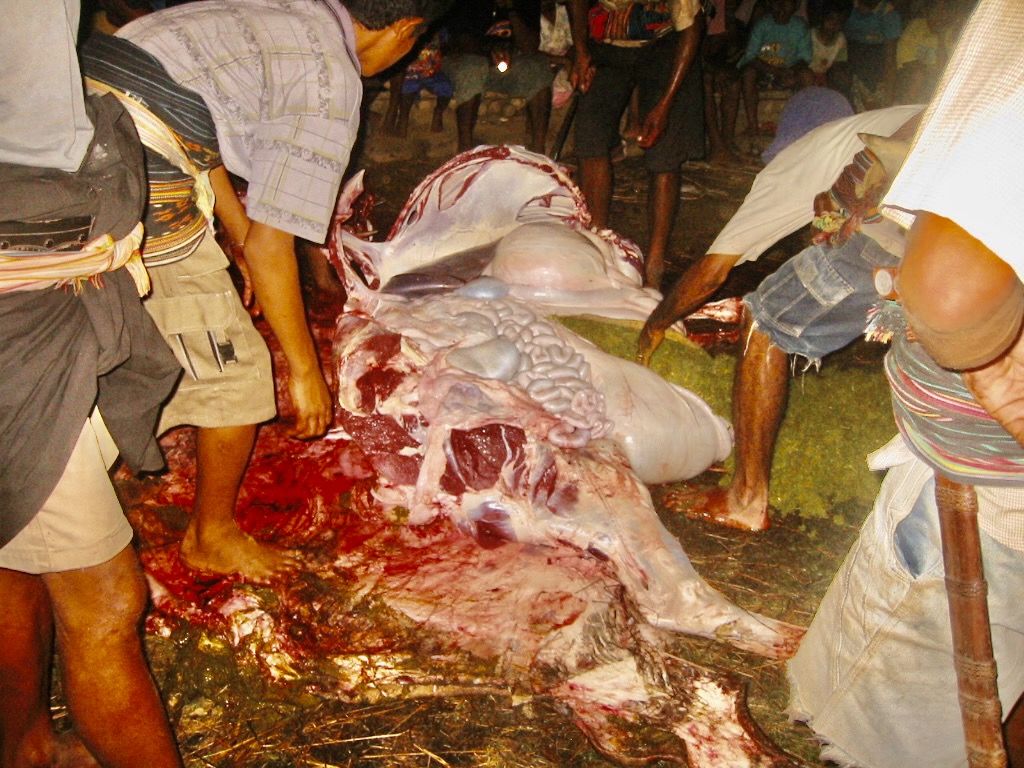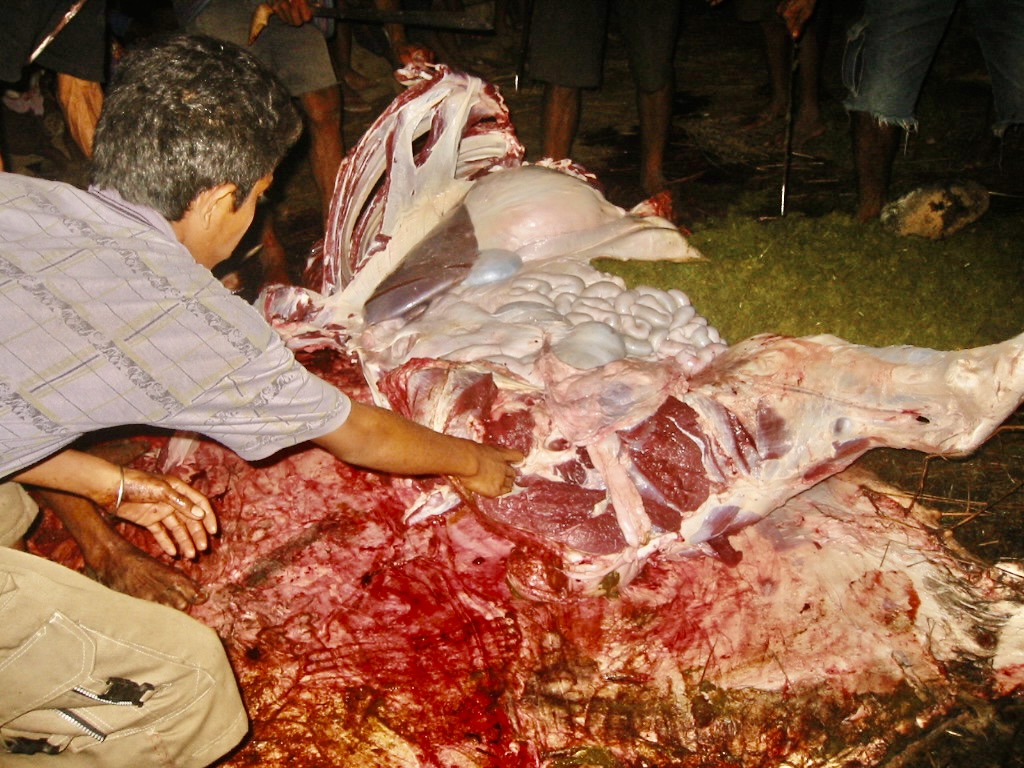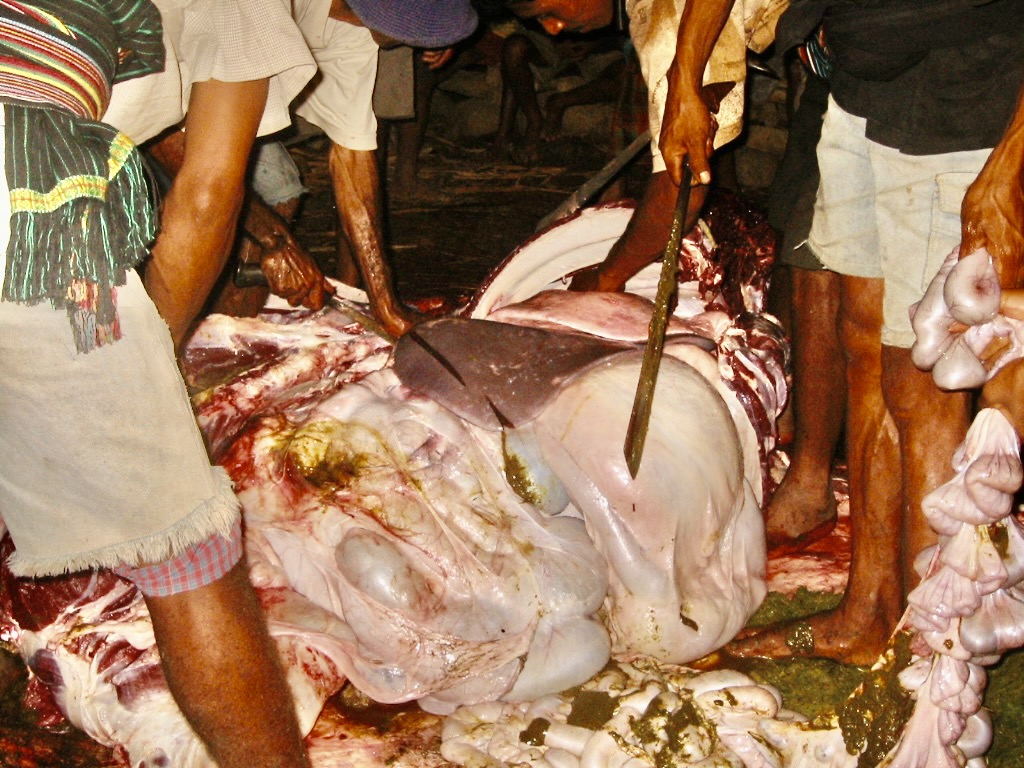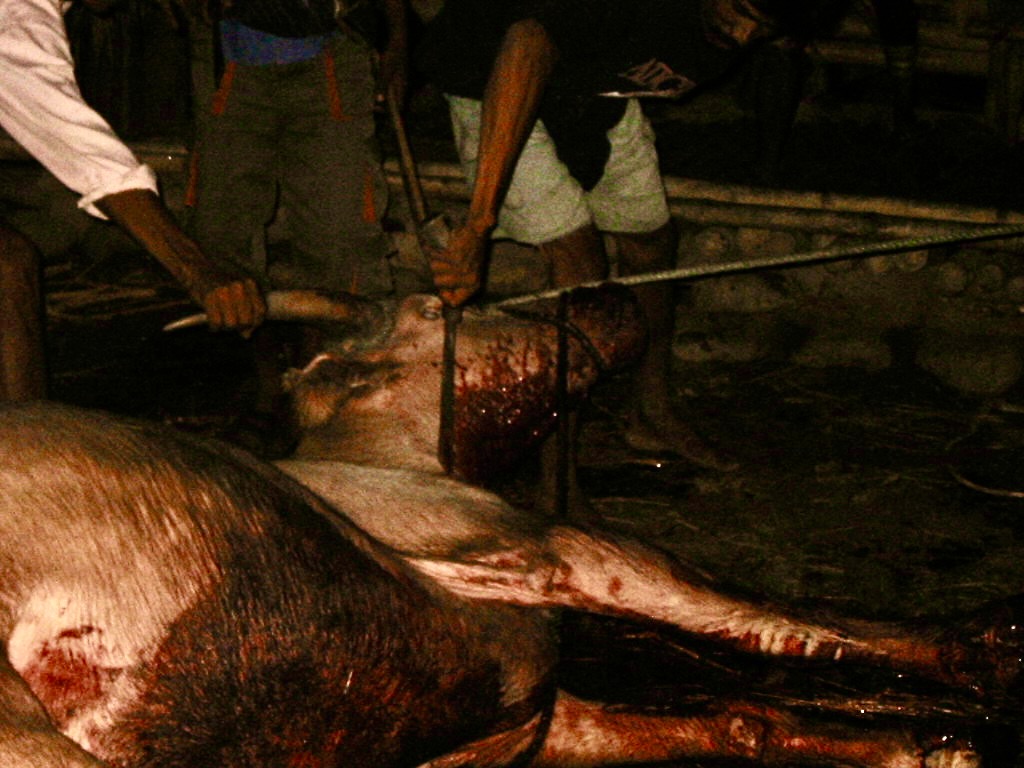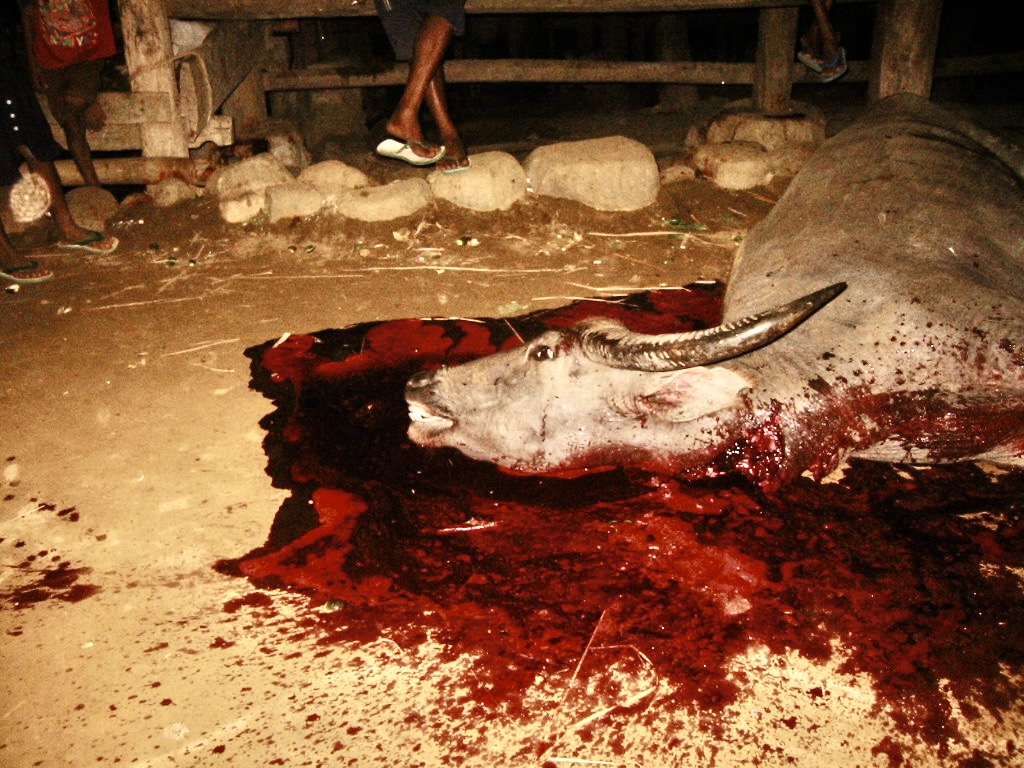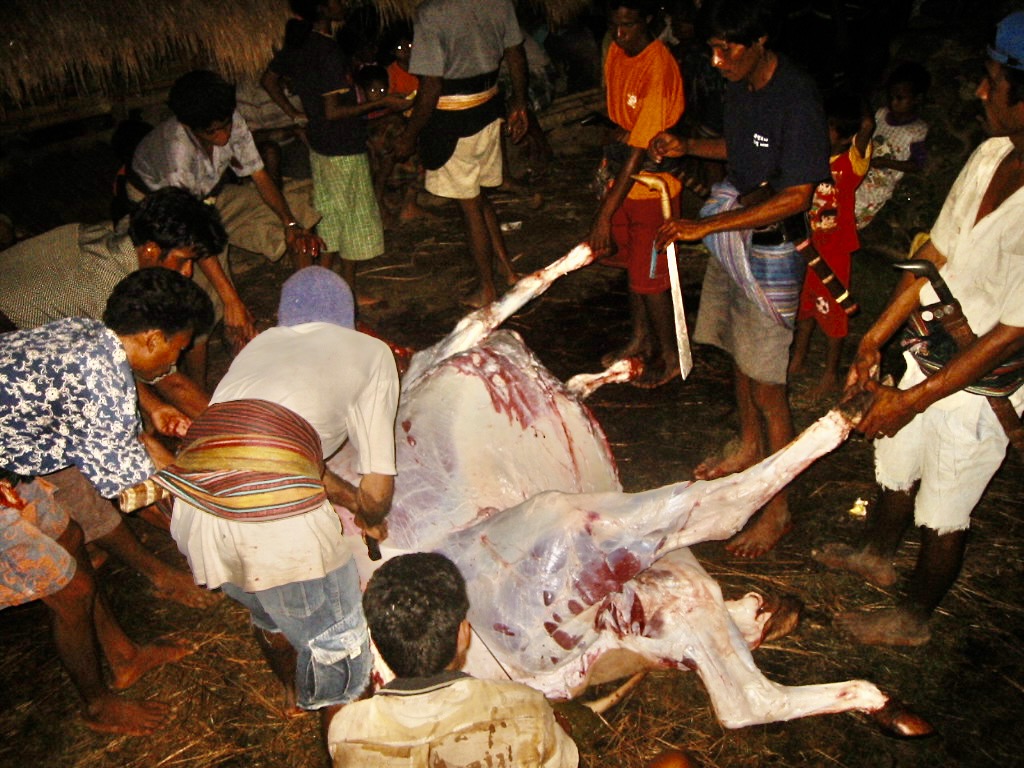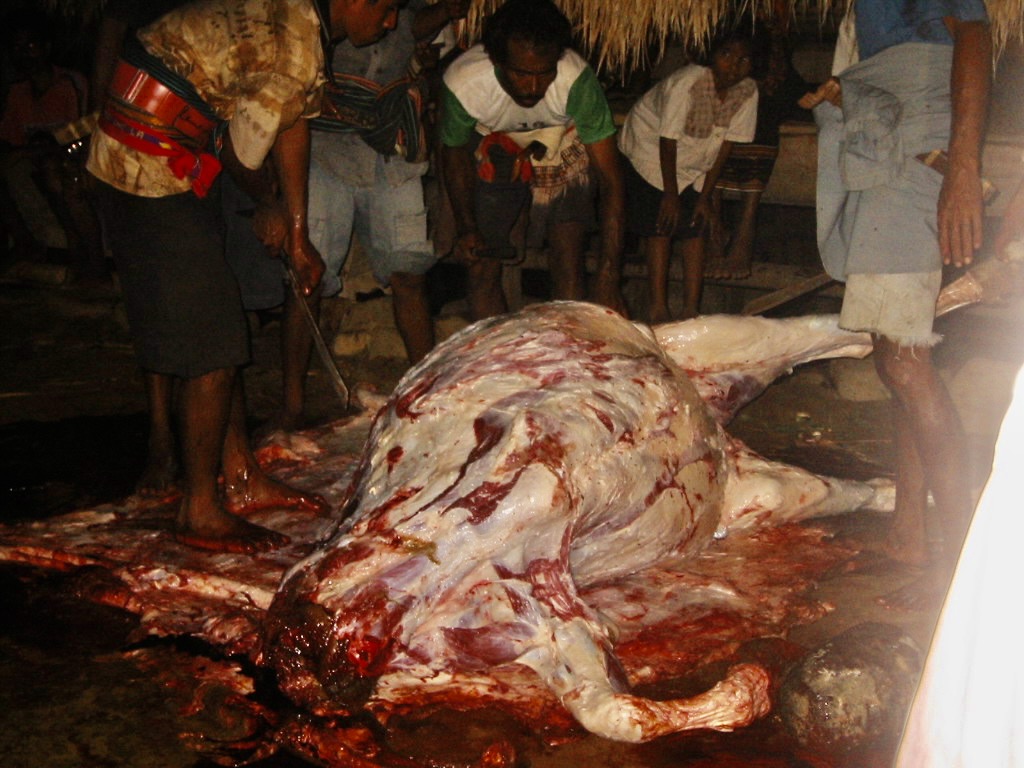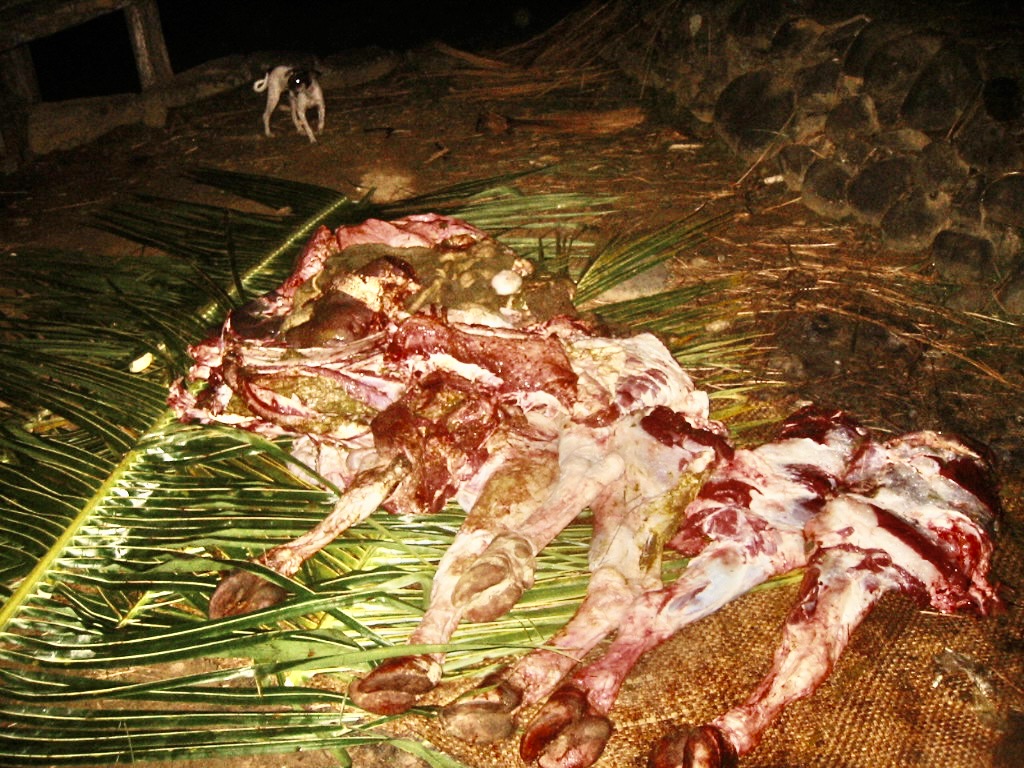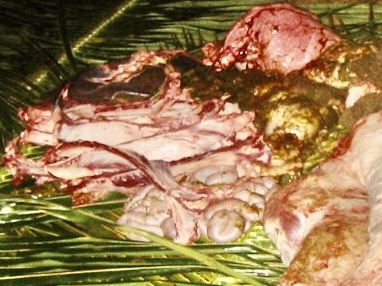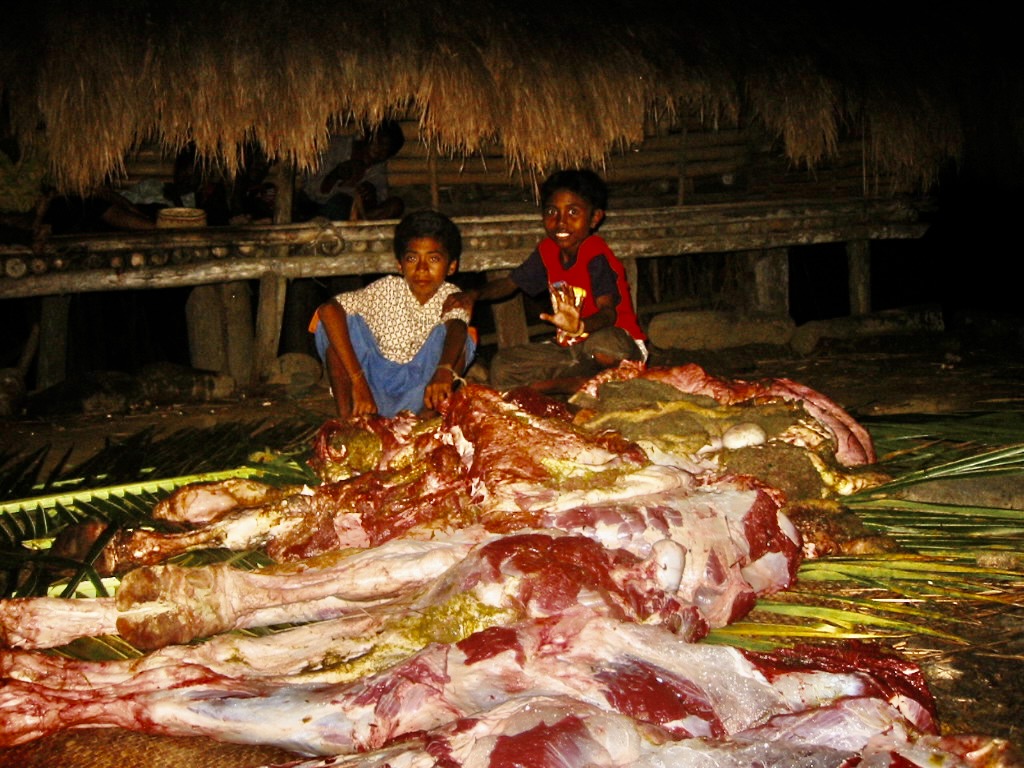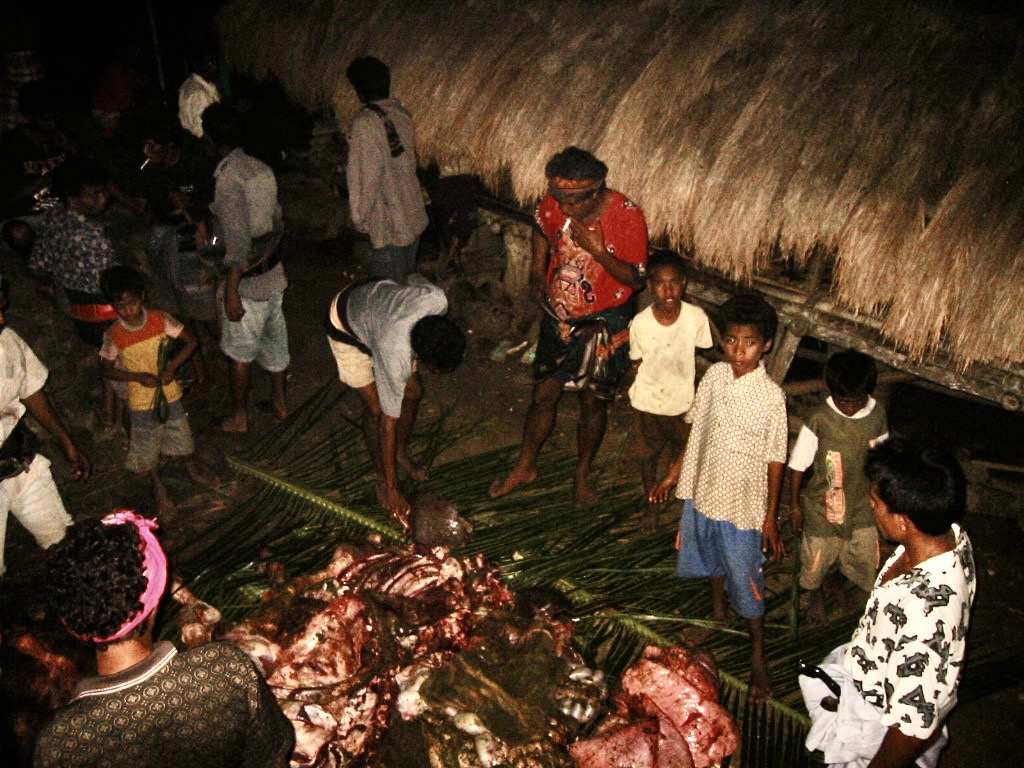Traditions
FUNERAL CEREMONIES
According to Marapu beliefs, each spirit is made up of two elements: Ndewa and Hamanangu. Marapu teachings concern the balance of universal life through which happiness can be achieved. This balance is symbolized by the Great Mother (Ina Kalada) and the Great Father (Ama Kalada) who live in the universe and take the forms of the moon and the sun.
Nowadays, animism still holds an important place in many villages around Waikabubak, Western Prefecture. The country is under the authority of Ratu the guarantor of tradition, who imposes the cult of ancestral spirits called Merapu. It is difficult to penetrate this universe where there are many taboos.
In the 11th lunar month, the Wula Podu group ceremony in the village of Tabela brings together all 12 ratus of the most important villages West of Sumba.
For 3 days it is forbidden to travel, work in the fields or build a house.
At Lai Tarung, the Uma Dapadaumu Merapu or temple, is the place of prayer for the Ratu. Which houses the relics. No one has the right to enter except him. A chest containing the stone knives used to carve the temple columns and the Batu Kilat, these round or oval stones used for worship. The Marapu religion believes in temporal life on earth and eternal life in the spirit world in Marapu heaven ( Prai Marapu).
To honor Marapu, the Sumbanese place effigies on stone altars where they place their offerings and sacrifice cattle. A further manifestation of devotion to the ancestors is reflected in the construction of impressive stone sepulchral monuments, vestiges of one of the last surviving megalithic cultures on the planet.
Funeral ceremonies and burials can be delayed for decades as the bodies of the deceased are stored in the homes of the living. A dead man takes all his belongings with him Hundreds of chickens are slaughtered every night, dancing to the sound of the traditional gong and prayers tell the tradition.
The people of Sumba believe that death brings with it all its possessions. During the funeral, buffaloes, horses, dogs, pigs and chickens are sacrificed and the body of the deceased is dressed in his best ikat and jewellery. Practice to honor Marapu, the Sumbanese placed effigies, called Marapu statues, on stone altars where they placed their offerings in the forms of Sirih Pinang (a dish containing betel leaves, nuts and limes) and sacrificial cattle.
Marapu statues are made of wood in the shape of human faces. These images are usually placed in the courtyard of their homes or inside traditional houses. A further manifestation of devotion to Merapu and the ancestors is reflected in the continued construction in parts of eastern Sumba of impressive stone funerary monuments, vestiges of one of the last surviving megalithic cultures on the planet. In many cases individuals will put their families in debt that extends into future generations to build these tombstones in the traditional way.
